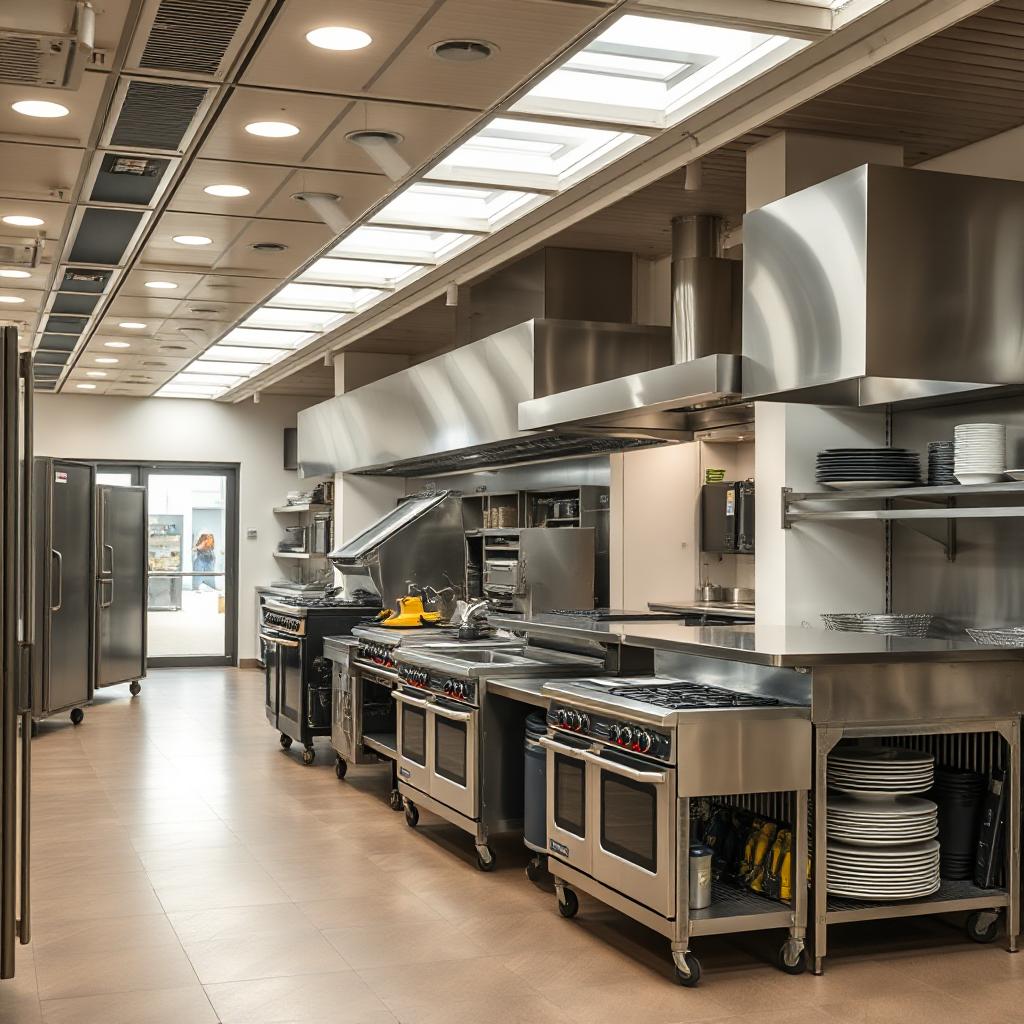Commercial Kitchen Equipment Purchasing Guide: How to Choose the Right Supplier and Maximize ROI

Summary: Purchasing commercial kitchen appliances is a significant capital expenditure, directly impacting operational efficiency, product quality, and total cost of ownership. This guide provides purchasing managers and kitchen planners with a structured, strategic framework to help them make investment decisions that provide value beyond the initial purchase price.
Phase 1: Requirements Analysis and Operational Definition
A successful procurement process begins with a clear internal assessment.
Menu to Concept Match: The food product offering is the primary driver in equipment selection. Determine whether the operational need is a high-powered Chinese stir-fry stove for stir-frying, a soup stove for stewing, a griddle for breakfast, or a versatile combi steamer.
Capacity and Traffic Forecast: Daily capacity can be estimated based on peak customer traffic, average seat count, and menu turnover. This analysis determines the number of burners, total heat load, and the physical size of the equipment fleet.
Facilities and Infrastructure Audit: Document available utility specifications (gas type and pressure, voltage/current), exhaust system capacity, and precise space dimensions. Providing a detailed kitchen layout to vendors is recommended for an accurate quote.
Budgeting and Financial Modeling: Create a budget framework based on the total cost of ownership (TCO). This includes acquisition costs, estimated energy consumption, installation, preventative maintenance, and potential downtime costs.
Phase Two: Supplier Identification and Prequalification
The supplier’s credibility is as important as the quality of the equipment.
Targeted Search Strategy: Use specific search terms, such as “energy-efficient commercial griddle” or “one-stop commercial kitchen supplier [city/region],” to identify professional partners.
Supplier Evaluation Checklist:
Project References: Look for evidence of completed projects for similar scales and business formats (e.g., hotels, resorts, institutional catering).
Certifications and Qualifications: Verify relevant certifications (ISO 9001, UL, CE) and the brand authorization for the products they represent.
Professional Capabilities: Assess the supplier’s ability to provide technical data sheets, compliance documents, and evidence-based professional guidance.
Phase 3: Technical Specification Clarification and Supplier Benchmarking
The core of this phase is to clearly confirm requirements and conduct in-depth technical and commercial benchmarking with suppliers to ensure information symmetry and alignment of expectations.
When approaching pre-qualified suppliers, the conversation should be systematically clarified and confirmed around the following key areas:
Technical Documentation and Compliance Verification
Suppliers should be required to provide complete technical specifications (datasheets) for the recommended model and relevant safety and quality certifications for verification.
Key Construction and Material Specifications
The material specifications of core components must be clarified, with a focus on confirming:
The material of the burner assembly (e.g., cast copper, cast iron).
The grade and thickness of stainless steel used for the furnace body and external structure.
The workmanship and material of key components such as the furnace frame and control panel.
Performance Data and Energy Efficiency
Review of thermal efficiency test reports issued or verifiable by a third-party organization and energy consumption data under standard operating conditions is required to objectively assess the company’s long-term operating costs and performance stability.
After-Sales Service and Liability Terms
Warranty coverage (differentiating between the entire system and core components), warranty period, fault response mechanism, and on-site response time commitments must be clearly defined.
Phase 4: Comparative Analysis and Value Assessment
Evaluate solutions based on a multi-factor scoring model, not just price. Evaluation criteria include technical solution compatibility, manufacturing quality and materials, energy efficiency and total cost of ownership, warranty, reference cases, and reputation.
The final decision should be based on the lowest lifecycle cost, not the lowest purchase price.
Phase 5: Ensure Long-Term Operational Integrity
Finalize after-sales support terms before contract signing.
Negotiate SLAs: Formalize response times, parts availability, and scheduled maintenance schedules in the purchase agreement.
Training Terms: Ensure the supplier’s commitment to on-site operation, safety, and basic maintenance training.
Document Archiving: Obtain and archive complete operating manuals, technical drawings, and warranty certificates.